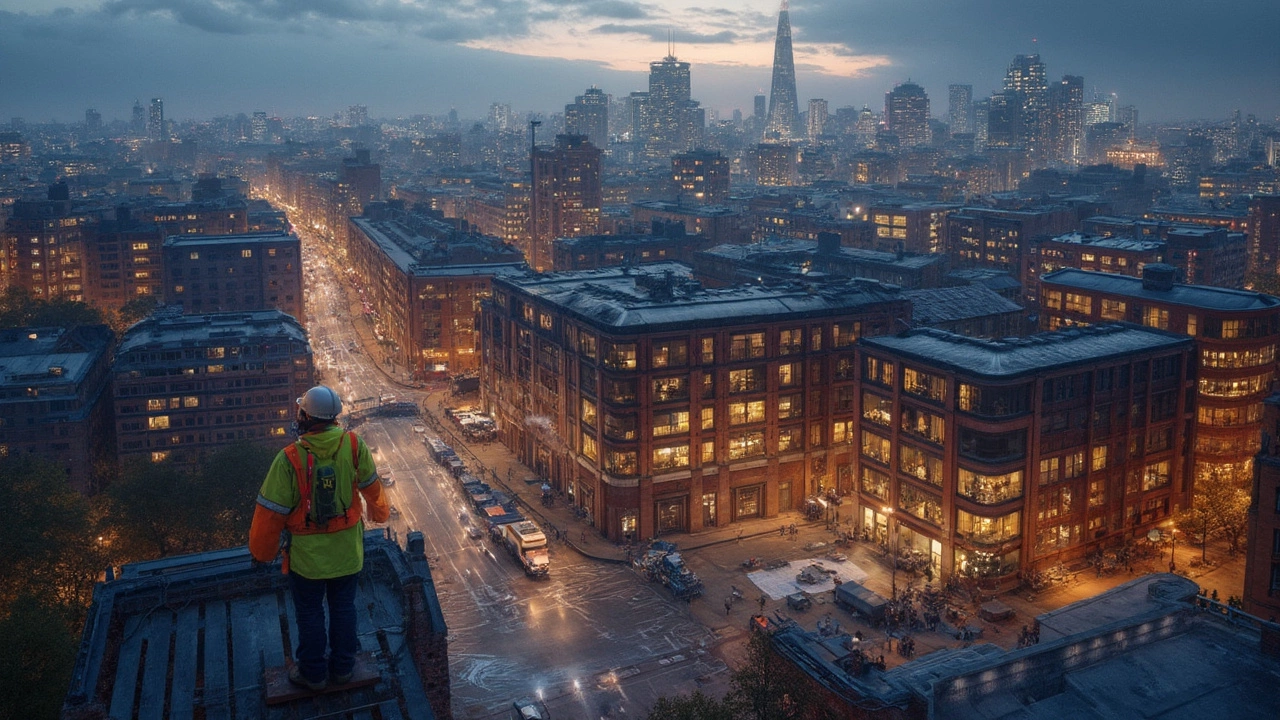Commercial Building Safety: What Every Owner and Manager Must Know
Running a commercial property means juggling rent, tenants, and repairs. Safety often slips to the bottom of that list, even though a single accident can shut down the whole operation. Let’s break down the must‑do safety tasks so you can protect people, property, and profit.
Start With a Realistic Risk Assessment
A risk assessment isn’t a paperwork exercise – it’s a walk‑through that spots hazards before they become emergencies. Grab a clipboard, check every floor, stairwell, and service area. Look for tripping hazards, exposed wiring, and blocked fire exits. Write down each issue, rank it by severity, and assign a clear deadline for fixing it. Re‑assess at least twice a year or after any major renovation.
Fire Safety: More Than Just an Alarm
Most commercial buildings have fire alarms, but you need a full fire plan. Install and service smoke detectors, heat sensors, and sprinkler systems annually. Make sure fire extinguishers are the right type for the area – Class A for paper, Class B for flammable liquids, and so on. Train staff on evacuation routes and hold a short fire drill every six months. A calm, practiced exit can save lives and reduce insurance costs.
Electrical safety is another hidden danger. Overloaded circuits cause fires, especially in office spaces with many computers and chargers. Hire a certified electrician to inspect the main board, check for proper grounding, and replace any frayed cords. Label all circuits so maintenance crews know which breaker controls what.
Structural integrity matters more than you think. Cracks in concrete slabs, sagging beams, or worn‑out flooring can lead to costly collapses. If you notice any new cracks, don’t ignore them – call a structural engineer within 48 hours. Early repair saves money and avoids downtime for tenants.
Water damage is a silent killer. Leaking roofs, burst pipes, or faulty HVAC condensate drains create mold, slip hazards, and weaken building materials. Schedule a quarterly check of the roof, gutters, and plumbing. Use moisture meters in high‑risk zones like basements to catch hidden leaks early.
Don’t forget accessibility compliance. The Equality Act (or local equivalent) requires safe, unobstructed routes for wheelchair users and clear signage. Install handrails on stairs, tactile floor markings, and automatic door openers where needed. These upgrades improve safety for everyone, not just those with disabilities.
Outdoor safety is part of the picture too. Keep walkways clear of debris, repair potholes, and ensure adequate lighting around parking lots and loading docks. A well‑lit area deters crime and reduces trips after dark.
Maintenance contracts can take the load off your shoulders. Partner with a reputable plumbing and construction service that offers 24/7 emergency response. Quick repairs prevent small issues from spiraling into large, dangerous failures.
Finally, document everything. Keep a digital log of inspections, repairs, and training sessions. Good records make it easy to prove compliance during audits and simplify insurance claims if an incident occurs.
Keeping a commercial building safe isn’t a one‑time project; it’s an ongoing habit. By staying on top of risk assessments, fire plans, electrical checks, structural reviews, and regular maintenance, you protect your people and your bottom line. Start today, and you’ll avoid the costly surprises that many property owners wish they could forget.

